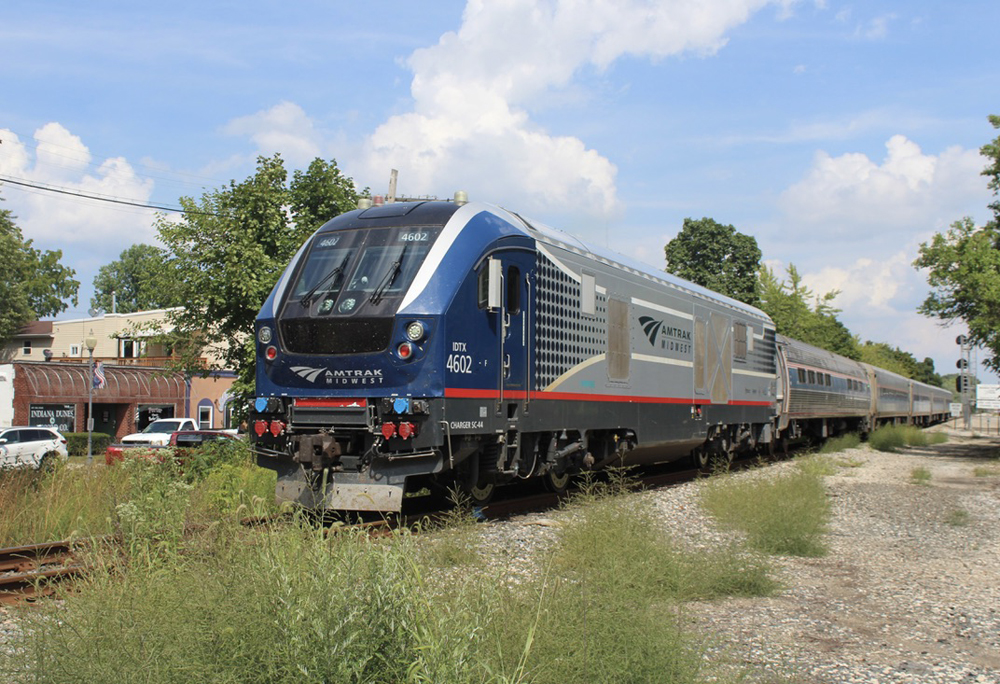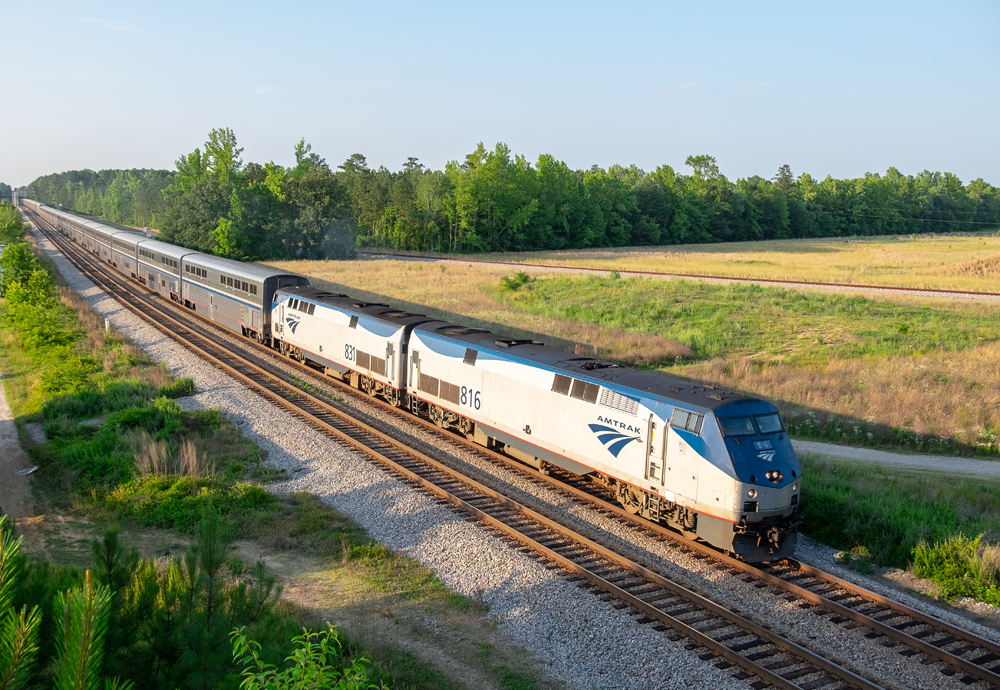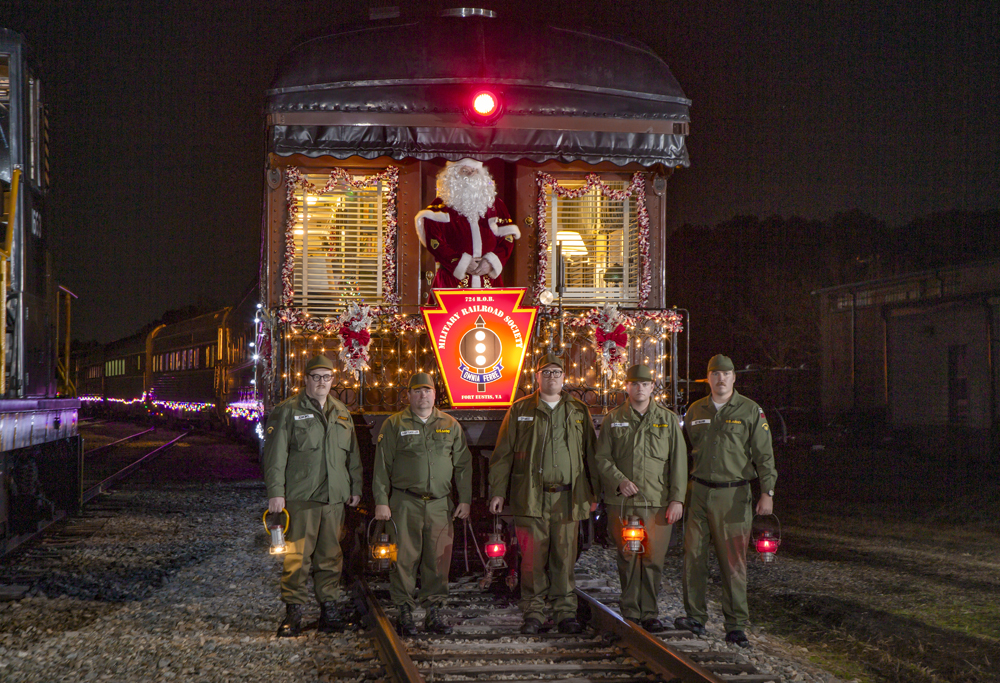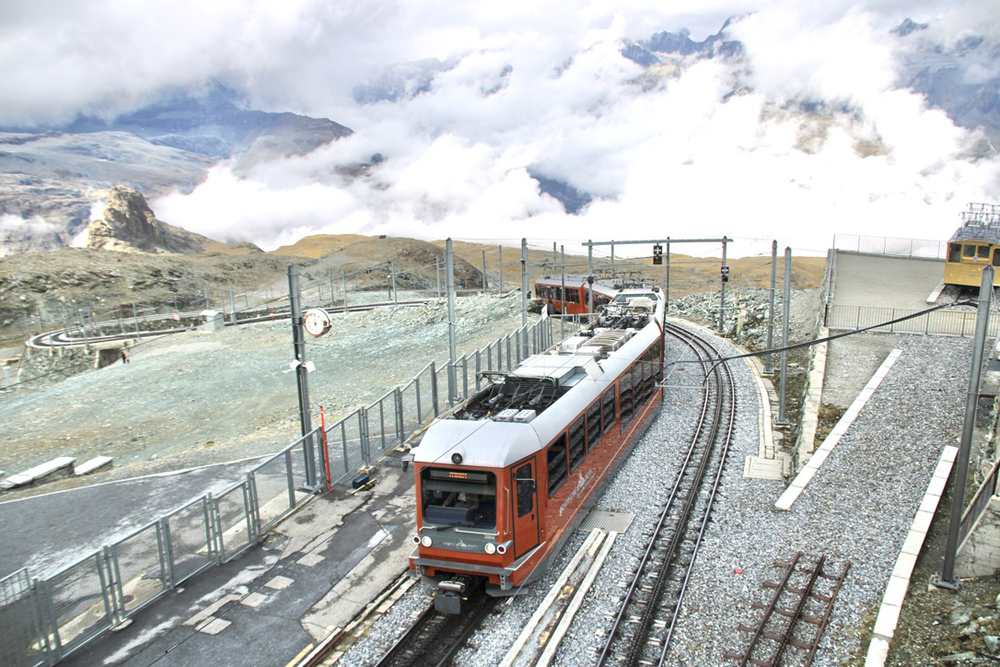Amtrak Wolverine day trips to Chicago: Amtrak’s portfolio of Michigan Services trains includes its three-times-a-day Wolverine linking cities in Michigan with the epicenter of America freight and passenger railroading in Chicago. Michigan’s state-supported Wolverine, offers three daily departures from Detroit to Chicago, leaving at 6:26 am, 9:35 am, and 6:11 pm local time. For the purpose of this day trip, we’ll focus on the earliest westbound Wolverine No. 351, departing at 6:26 am. Taking advantage of this early morning departure maximizes the day-trip experience during the layover in Chicago.

The trip begins at Detroit’s Baltimore Street station located near the city’s Milwaukee Junction neighborhood, east of New Center. It is named for its proximity to the railroad crossing of two Grand Trunk Western predecessors, the Detroit, Grand Haven & Milwaukee Railway and the Chicago, Detroit & Canada Grand Trunk Junction. Located on Canadian National’s former Grand Trunk Western at 11 W. Baltimore Avenue, the Detroit station was built in 1994 and is served solely by Amtrak’s Wolverine. Adjacent to the elevated platform is the city’s QLine streetcar, boarding passengers on an adjacent platform on Woodward Avenue.
After departing Detroit, Wolverine trains pick up speed heading west to Ann Arbor where the train is scheduled to stop 45 minutes later. Ann Arbor’s depot isn’t particularly historically noteworthy, opening in 1983 to replace the original Michigan Central Railroad-built structure. From here west, the Wolverine’s next stop is at Jackson. The Victorian red-brick station is one of the United States’ oldest continually operated train stations with its Michigan Central origins dating to 1873. When on time, No. 351 is due here at 7:49 am local time, about 1 hour and 20 minutes after departing Detroit.
Continuing west, a station stop at Albion reveals more Michigan Central-era history with its original depot dating to 1882. In-between station stops, passengers can enjoy the benefits of high-speed rail throughout Michigan where capital improvements allow for 110 mph speeds between Albion and Battle Creek, along with additional high speed segments to the Indiana and Michigan state border. These upgrades allow for a more efficient trip and Wolverine No. 351 is scheduled to arrive in Battle Creek around 8:42 am and Kalamazoo a half hour later at 9:14 am local time.
The Wolverine stop at Kalamazoo visits another historic Michigan Central-built depot. The city-owned station was completed in 1887 to replace the original 1873 depot. It features a red brick and sandstone build with a Richardsonian Romanesque style and red-tiled hipped roof. In addition to the Wolverine, Amtrak’s Blue Water also serves Kalamazoo between Chicago and Port Huron, Mich.
Traces of Michigan Central history, of which was absorbed by the New York Central in the mid-1860s, continues west of Kalamazoo with original depots still in use in Dowagiac and Niles. Both stations are on the National Register of Historic Places. Dowagiac opened in 1903 and was renovated in 1995 and Niles’ dates to 1892 and was rebuilt in 2003. Similar to Kalamazoo, the Blue Water, another Michigan Services train, also stops at both locations.
After leaving Niles, the Wolverine turns to the southwest, briefly pausing at New Buffalo, Mich., before crossing into Indiana and continuing through Michigan City. From here, Wolverine trains hug the Lake Michigan coast, passing the industrial communities of Burns Harbor, Gary, Whiting, and Hammond. Here, passengers will see a mix of mainline and industrial freight railroading as the Wolverine passes by steel mills, industrial parks, and chemical plants in northwestern Indiana. As the train nears Chicago, the industrialized communities will transition to South Chicago residential neighborhoods as the Wolverine turns to the north for its final miles to Chicago, where the city skyline signifies the end of the westbound trip as the Wolverine disappears beneath city streets for its 10:32 am arrival into Chicago Union Station.
Chicago Union Station, is the main artery of Amtrak’s network and is the country’s third busiest train station. It serves more than more than 40 million Amtrak and Metra commuter rail riders yearly and is the originating point for nine Amtrak long-distance trains, as well as regional and state-supported trains like the Michigan Services, Illinois Service trains, and the Hiawatha to Milwaukee. In addition to being the epicenter for American passenger trains, it is the crossroads of America’s freight railroad system, as well, serving six Class I railroads and countless short line, regional, and industrial railroads. Its commuter rail system is unparalleled, using former Chicago & North Western, Chicago, Burlington & Quincy, Rock Island, and Milwaukee Road routes to connect Chicagoland by rail.
Chicago is a true rail travel experience with every crevice of the city accessible by a rail or transit system. Chicago offers something for every rail enthusiast, but its qualities extend well beyond the rail head. Whether it’s a baseball game to see the Chicago Cubs at Wrigley Field, or a visit to Grant and Millennium Park, a stroll on the Chicago Riverwalk, or a Wendella river architectural tour, the city suggests something for everybody and is a lot to absorb in a single day.
First-time visitors to Chicago should plan ahead accordingly and purchase tickets in advance for popular sightseeing destinations like the Willis Tower’s Skydeck or an architectural boat tour.
Because Chicago offers an abundance of worthwhile activities, you have two options for returning to Detroit on the eastbound Wolverine. Eastbound No. 352 departs Chicago at 2:15 pm, returning to Detroit at 9:29 pm. This provides an approximate 3 hour and 45 minute layover. Alternatively, eastbound No. 354 departs Chicago at 5:50 pm, returning at 1:00 am the next morning, providing a 7 hour layover. While a longer day, the author suggests the latter option to enjoy Chicago longer. As always, closely monitor Amtrak service schedules and updates and return to Union Station with adequate time to find your platform and outbound train.













